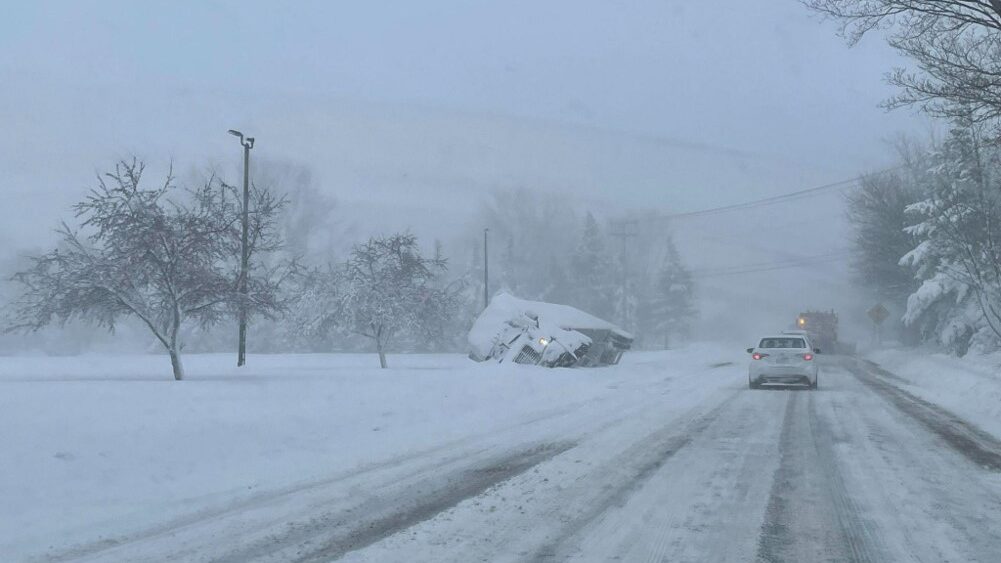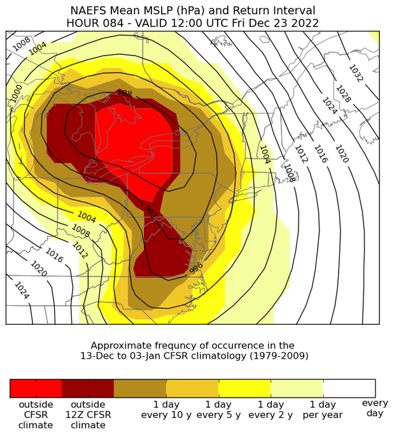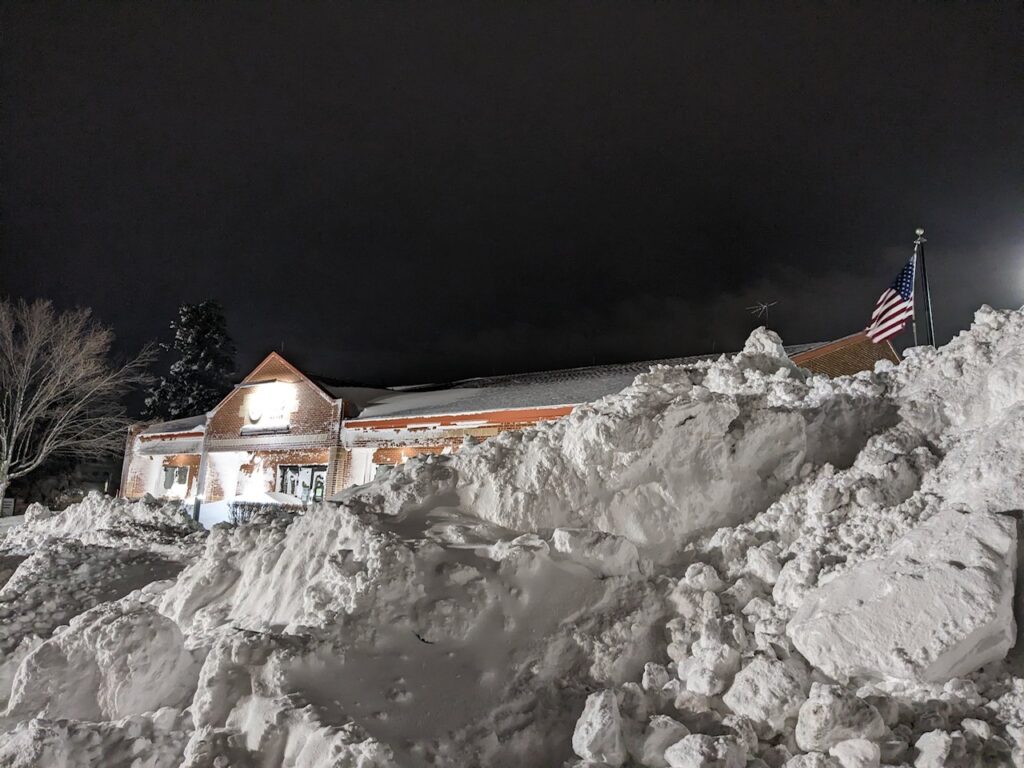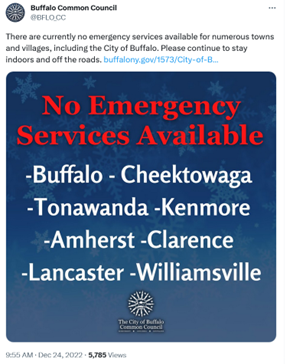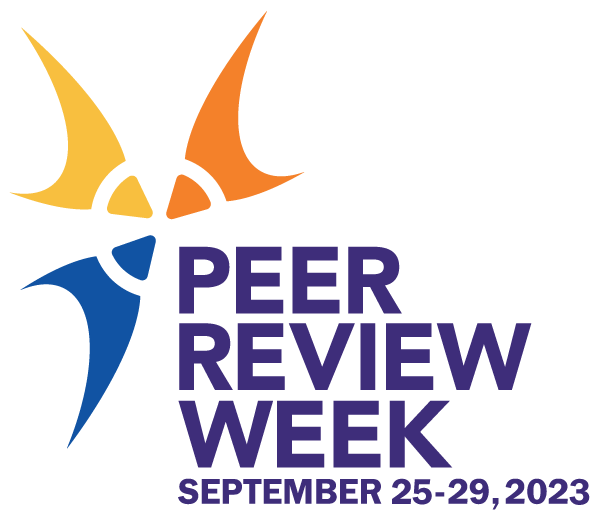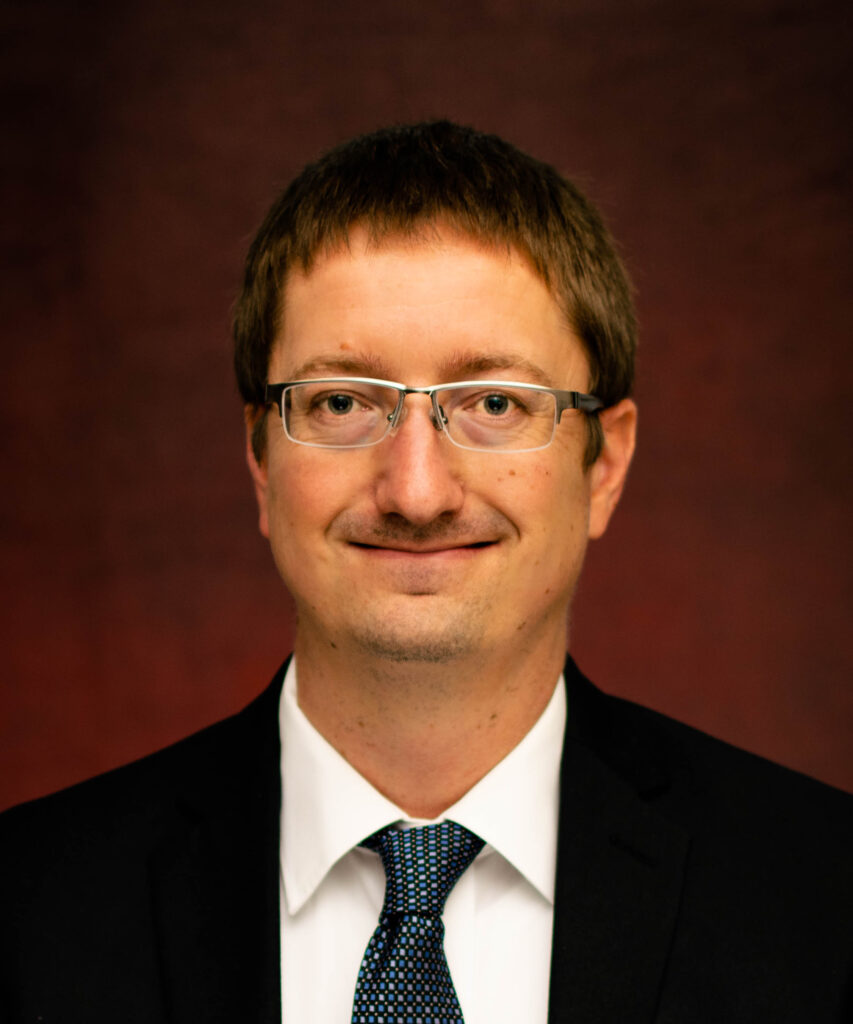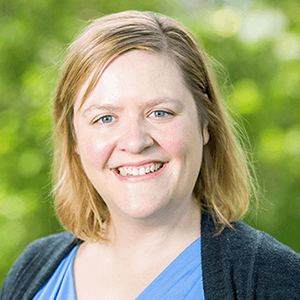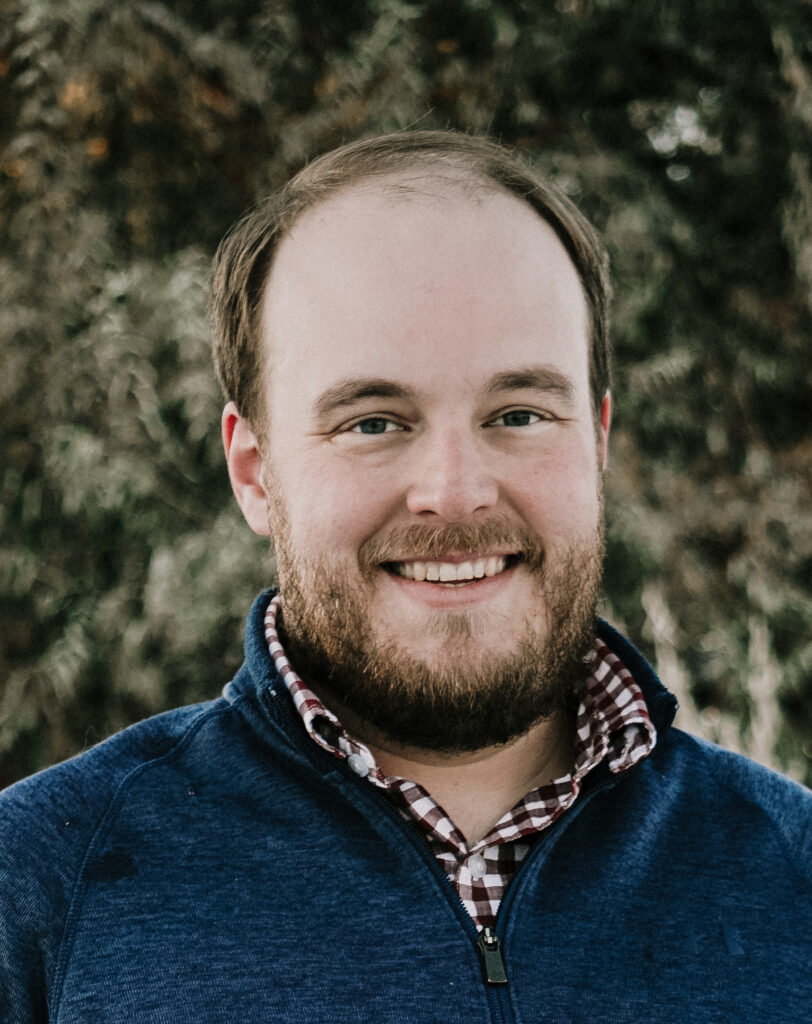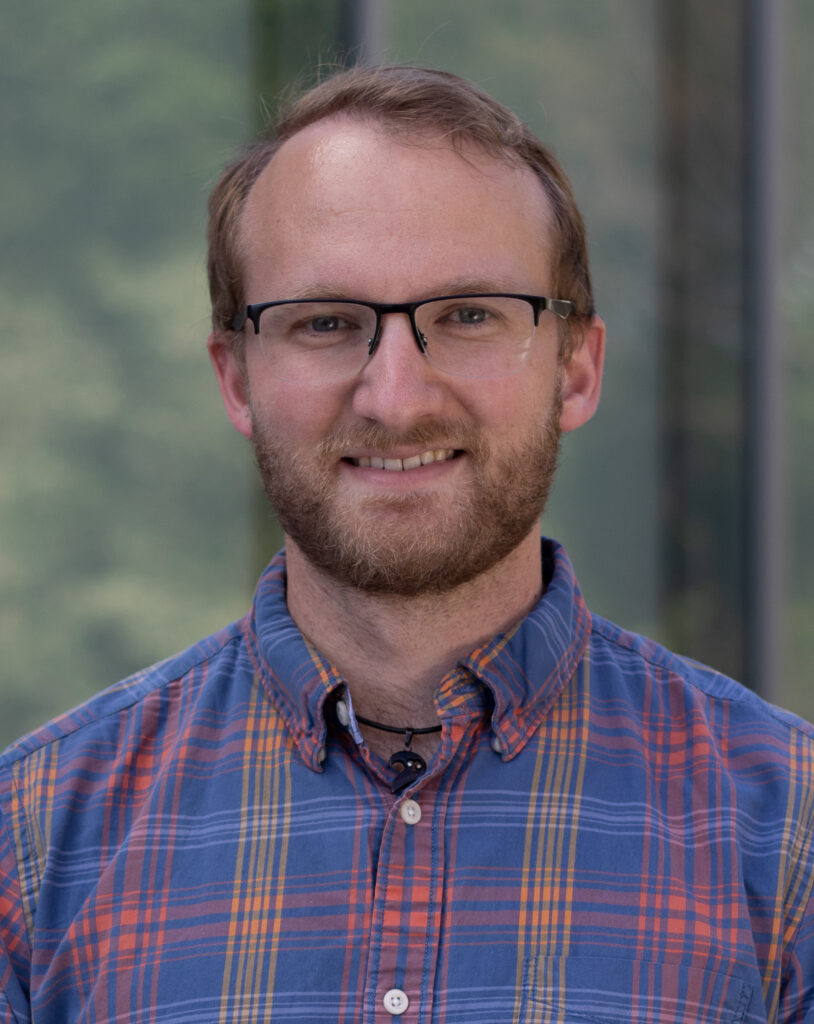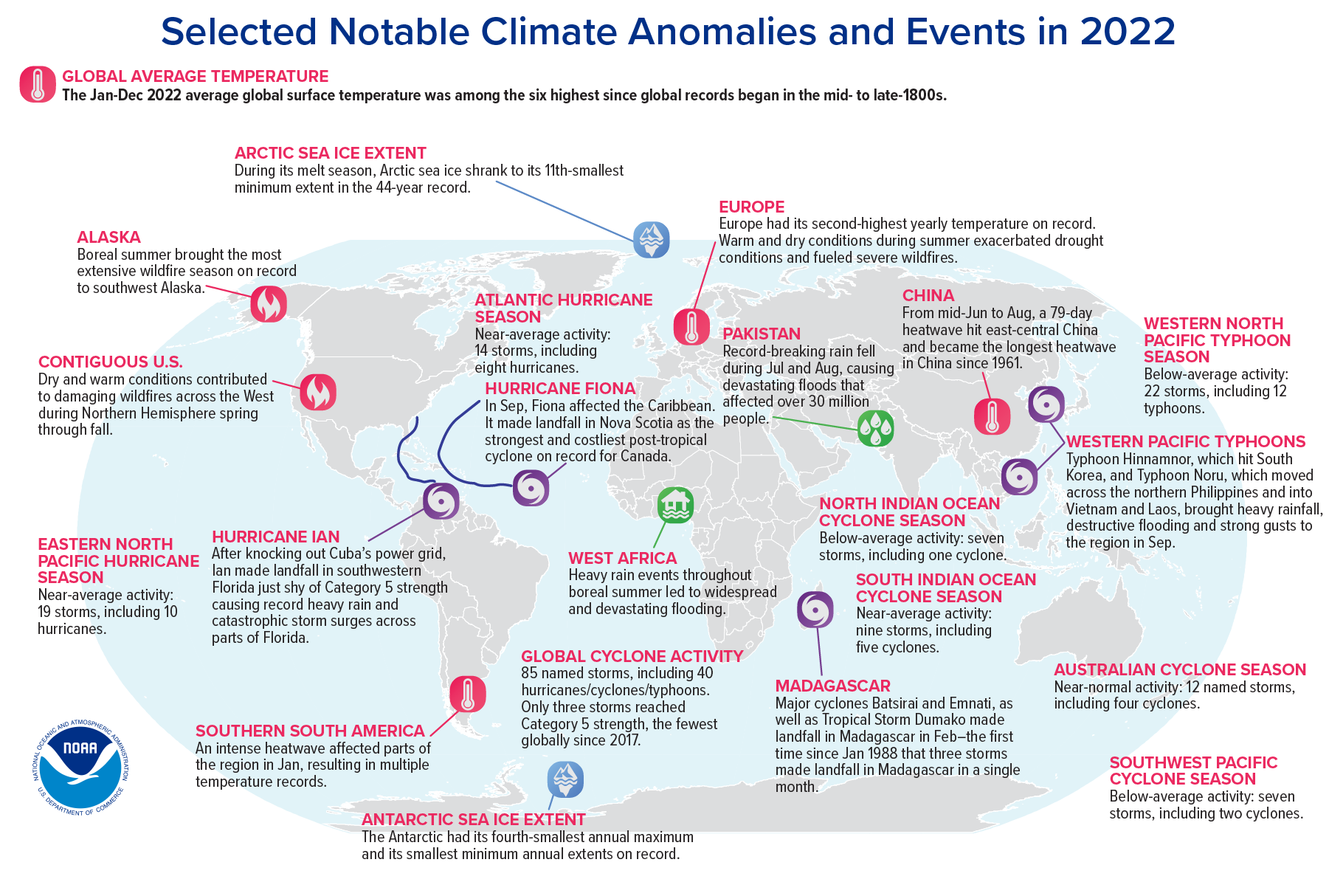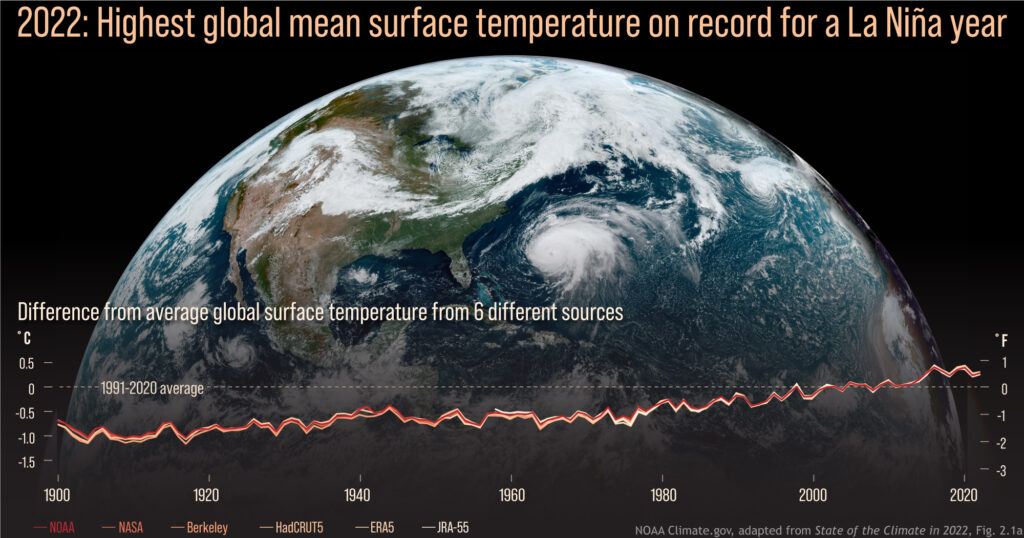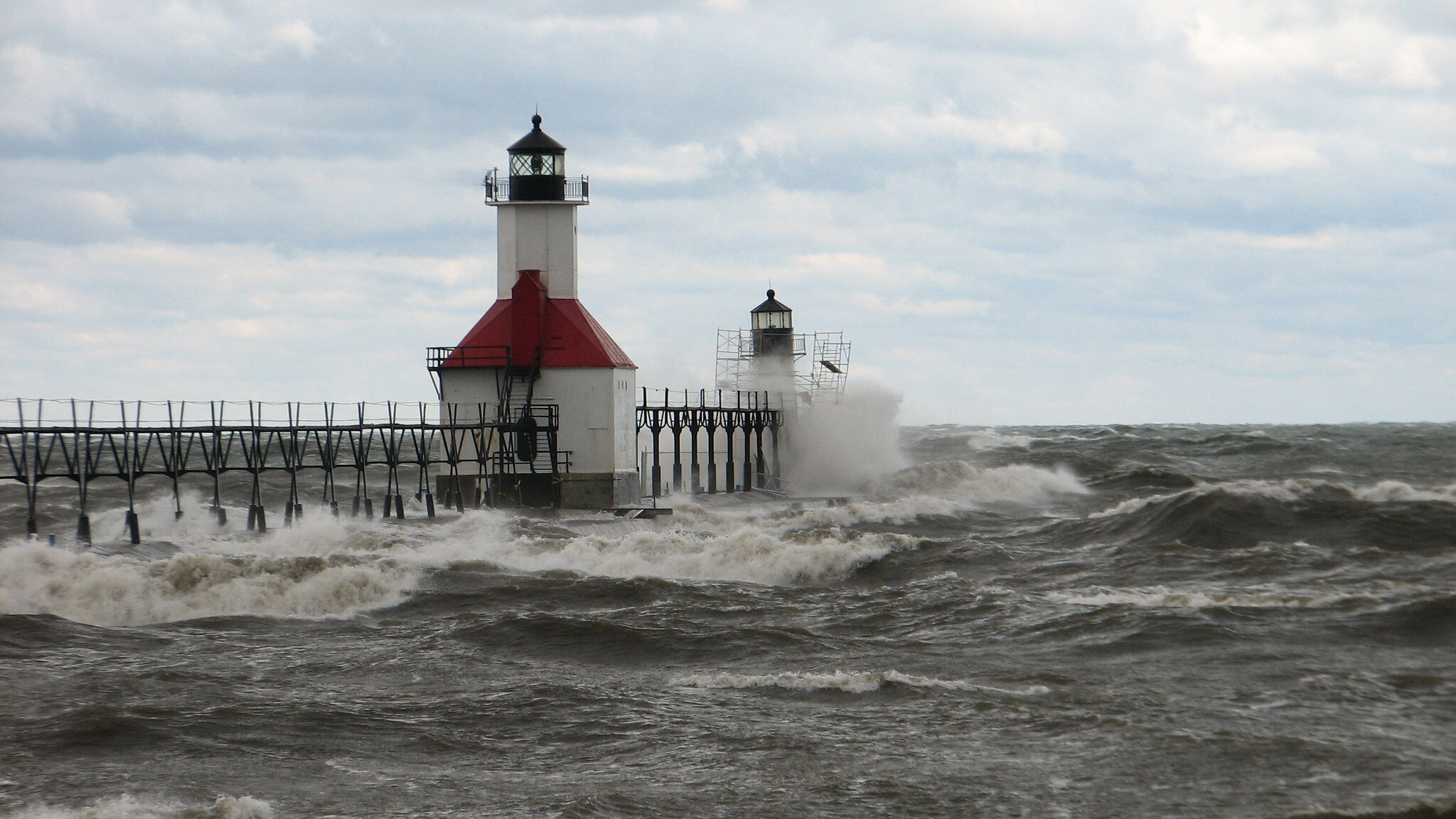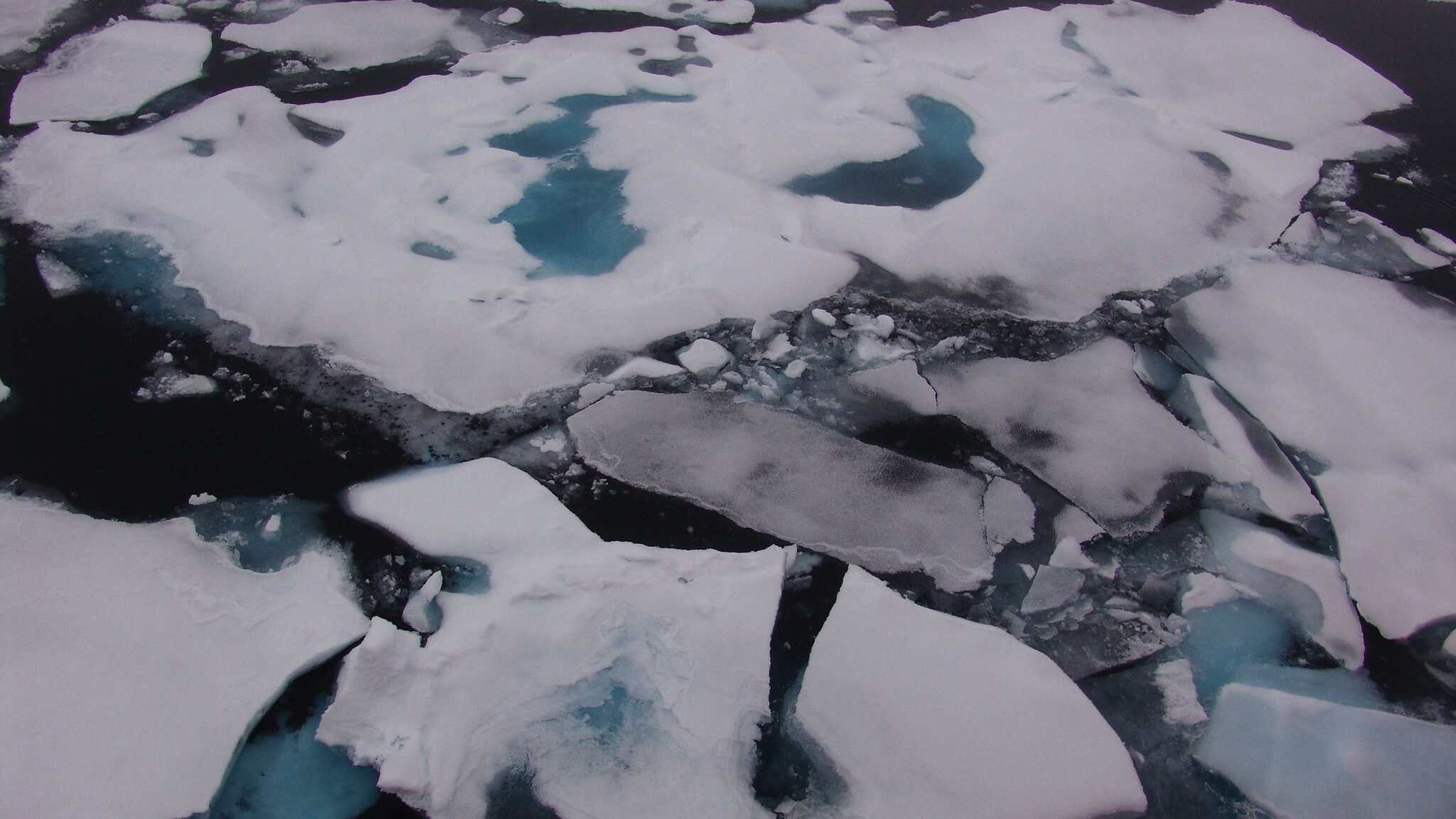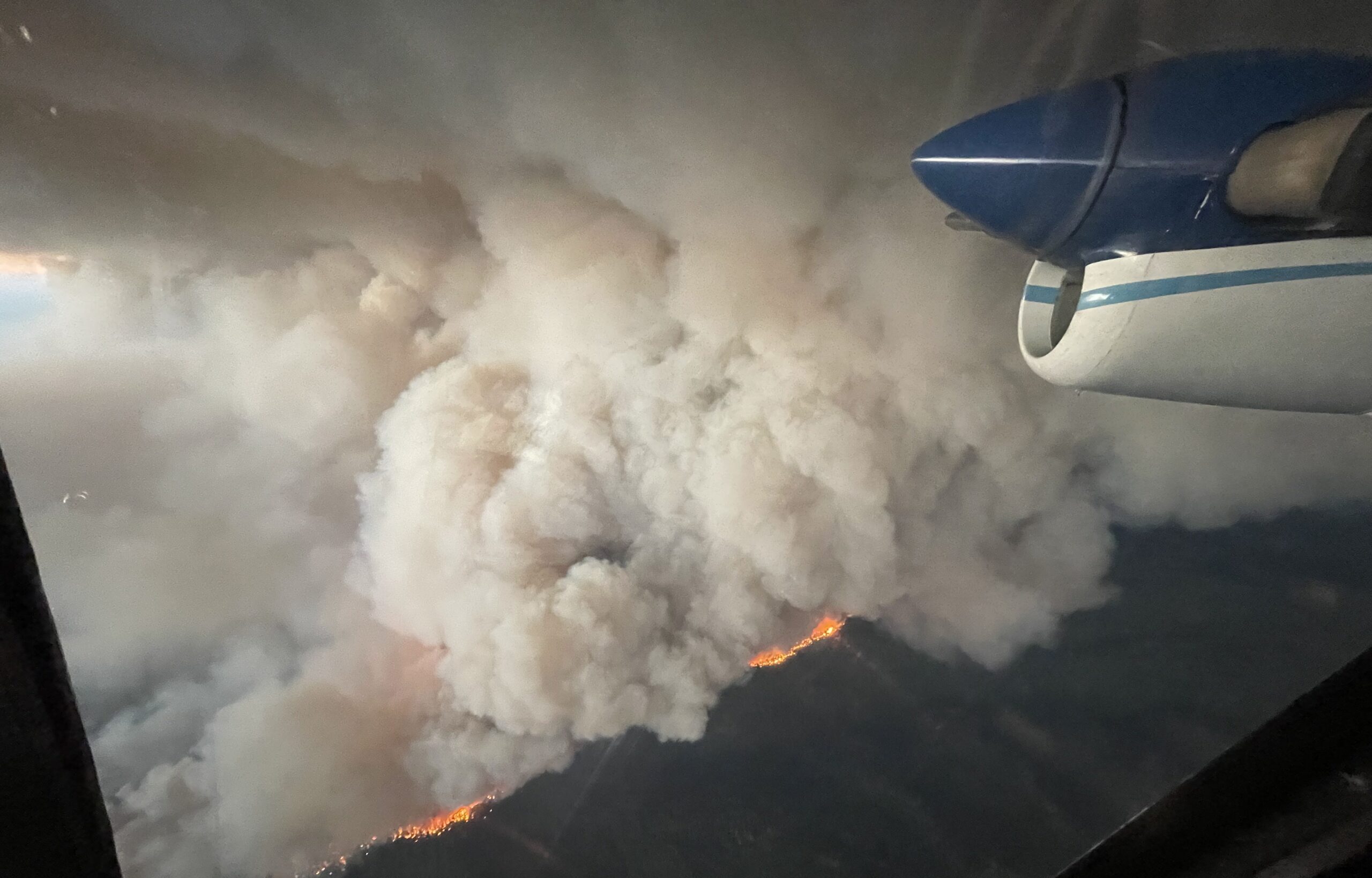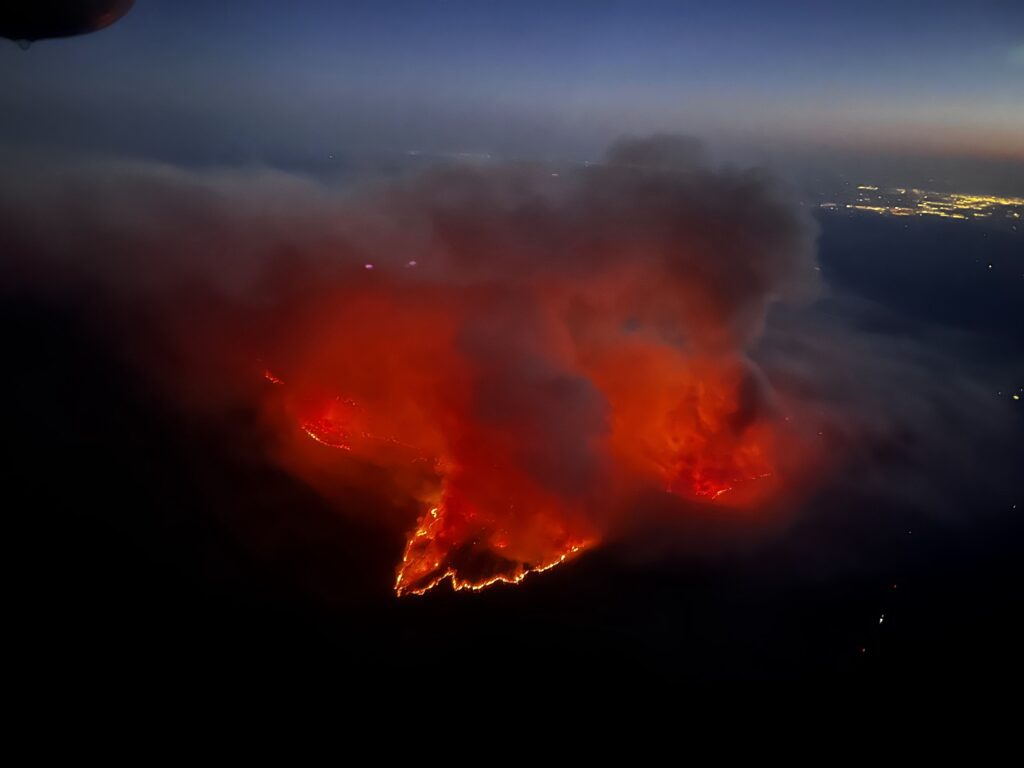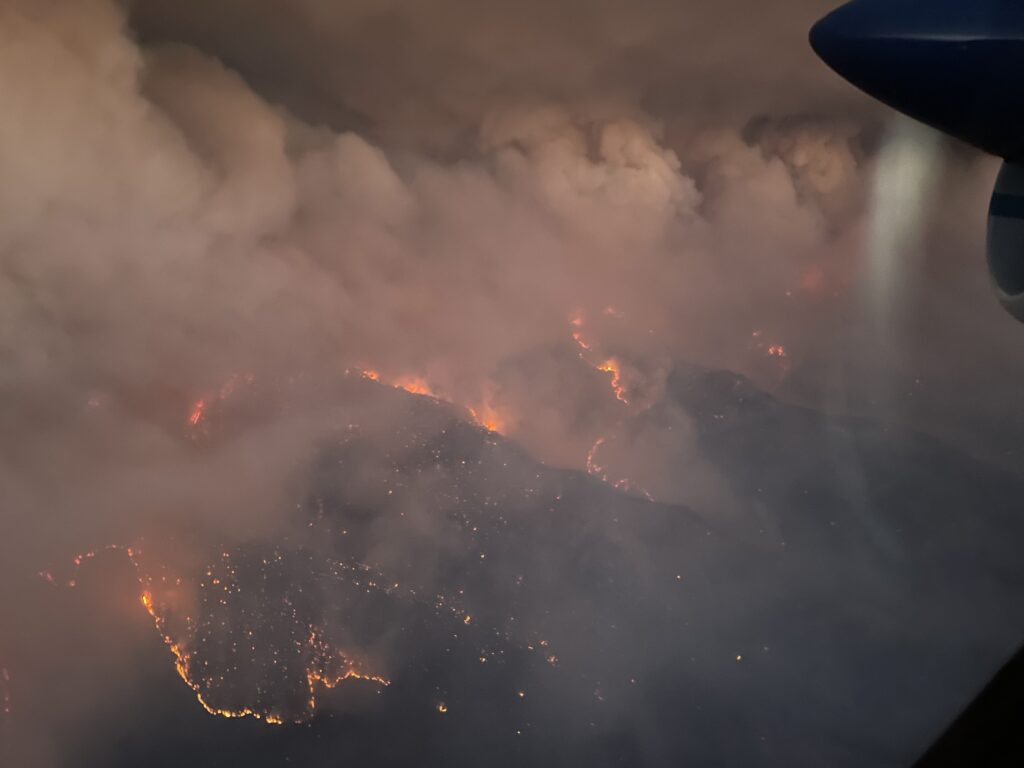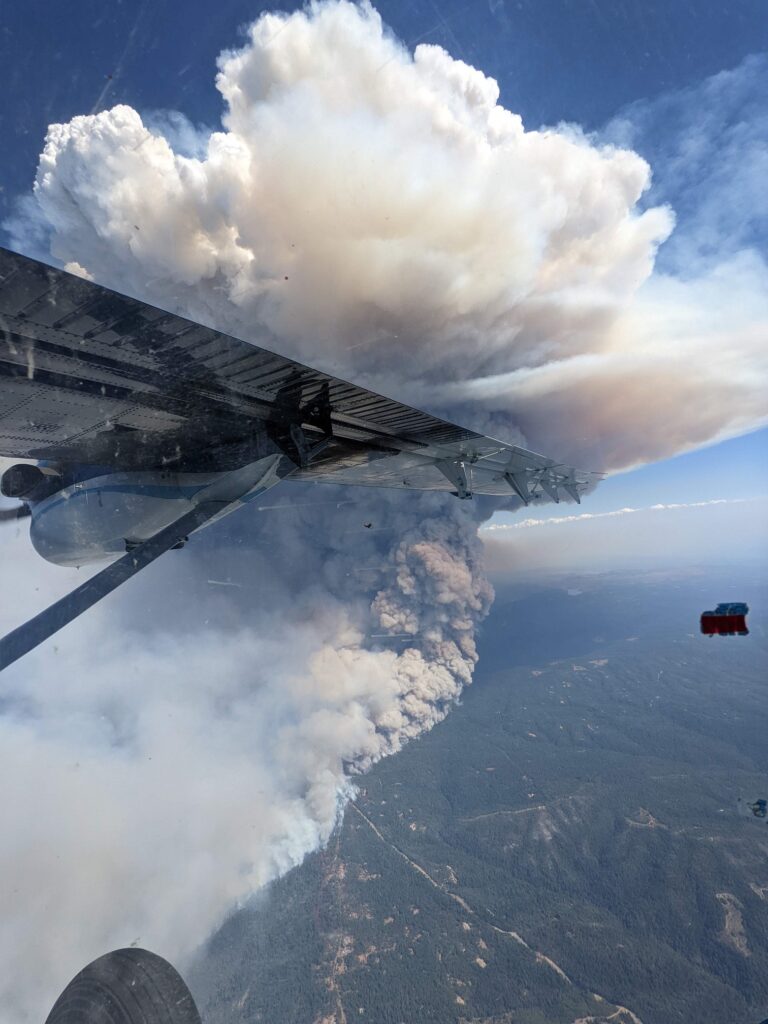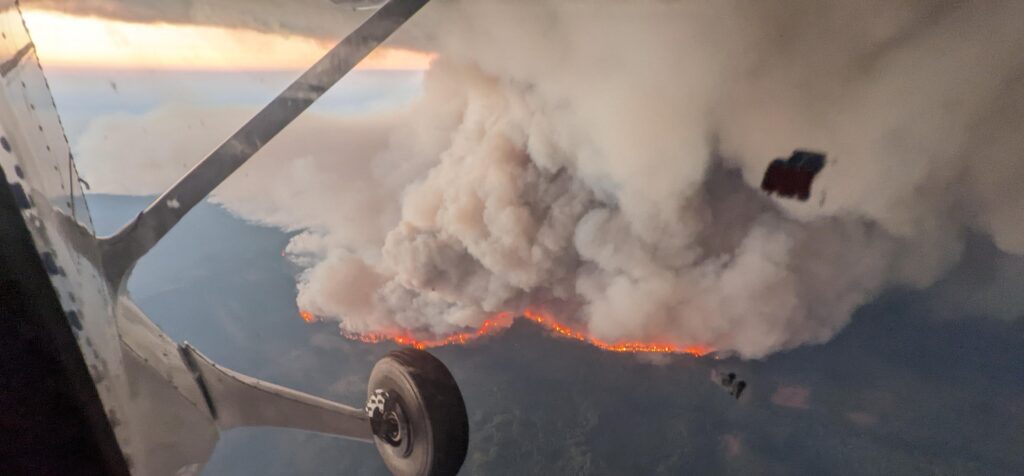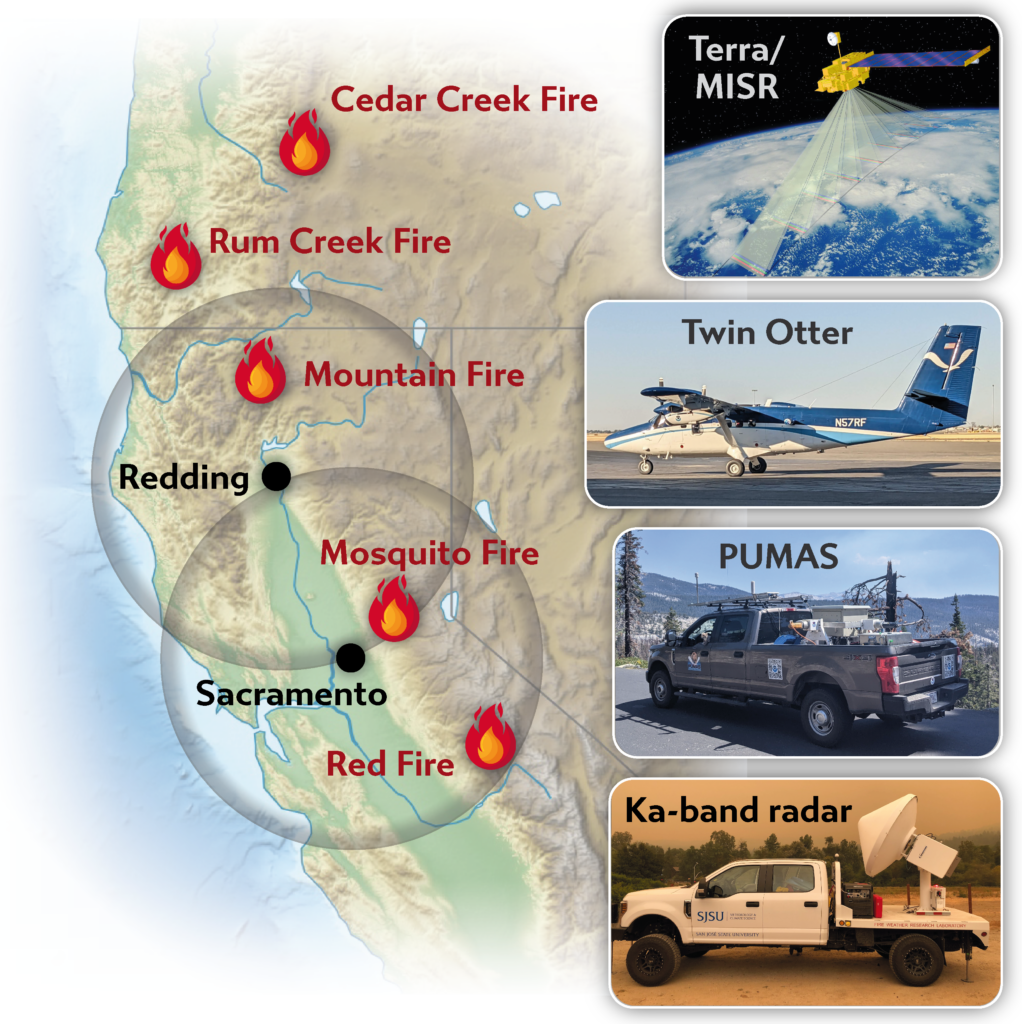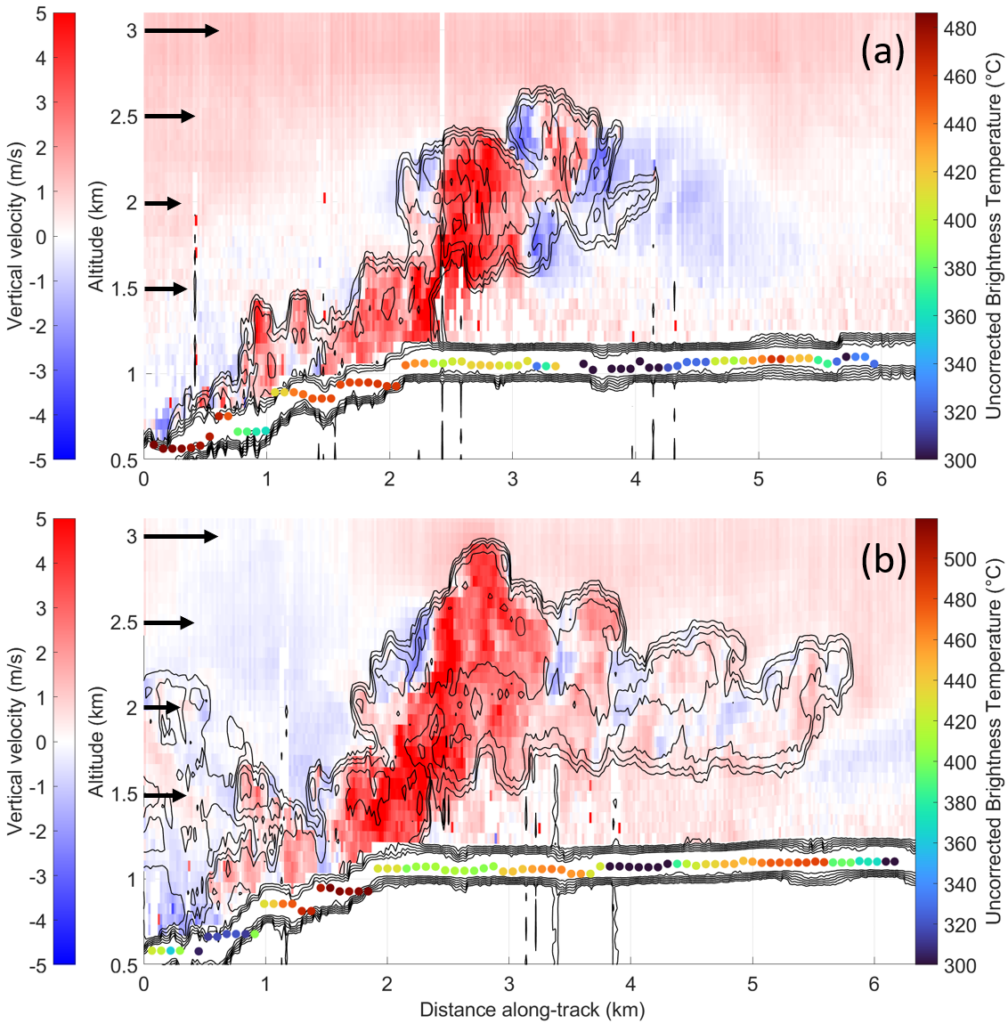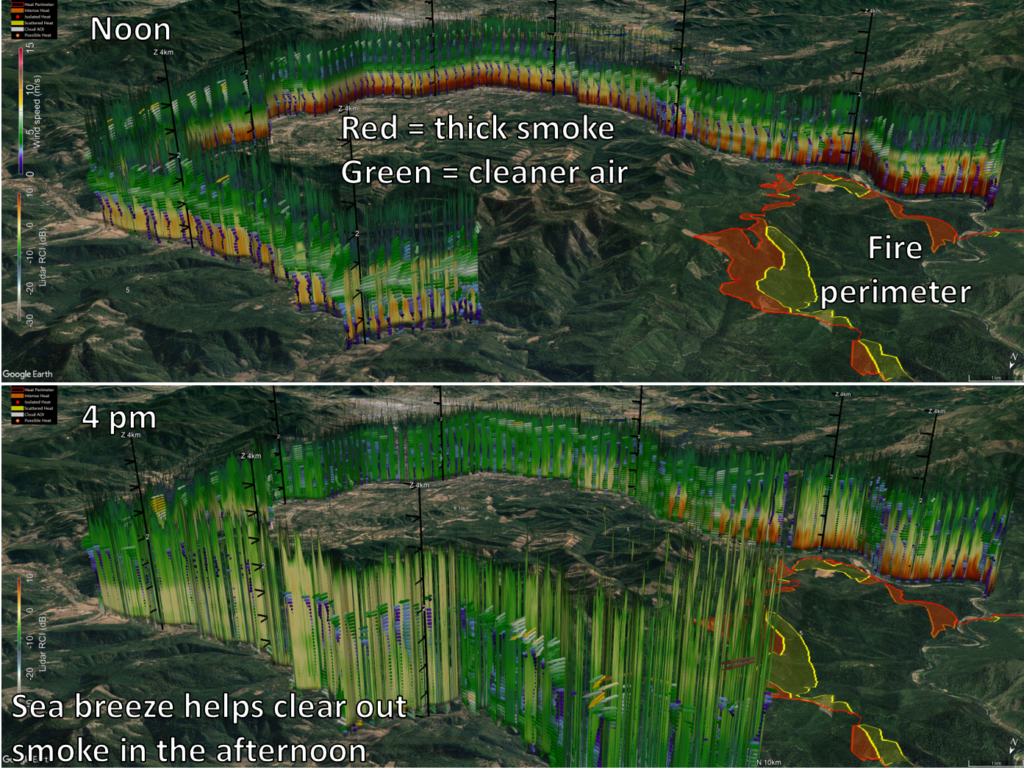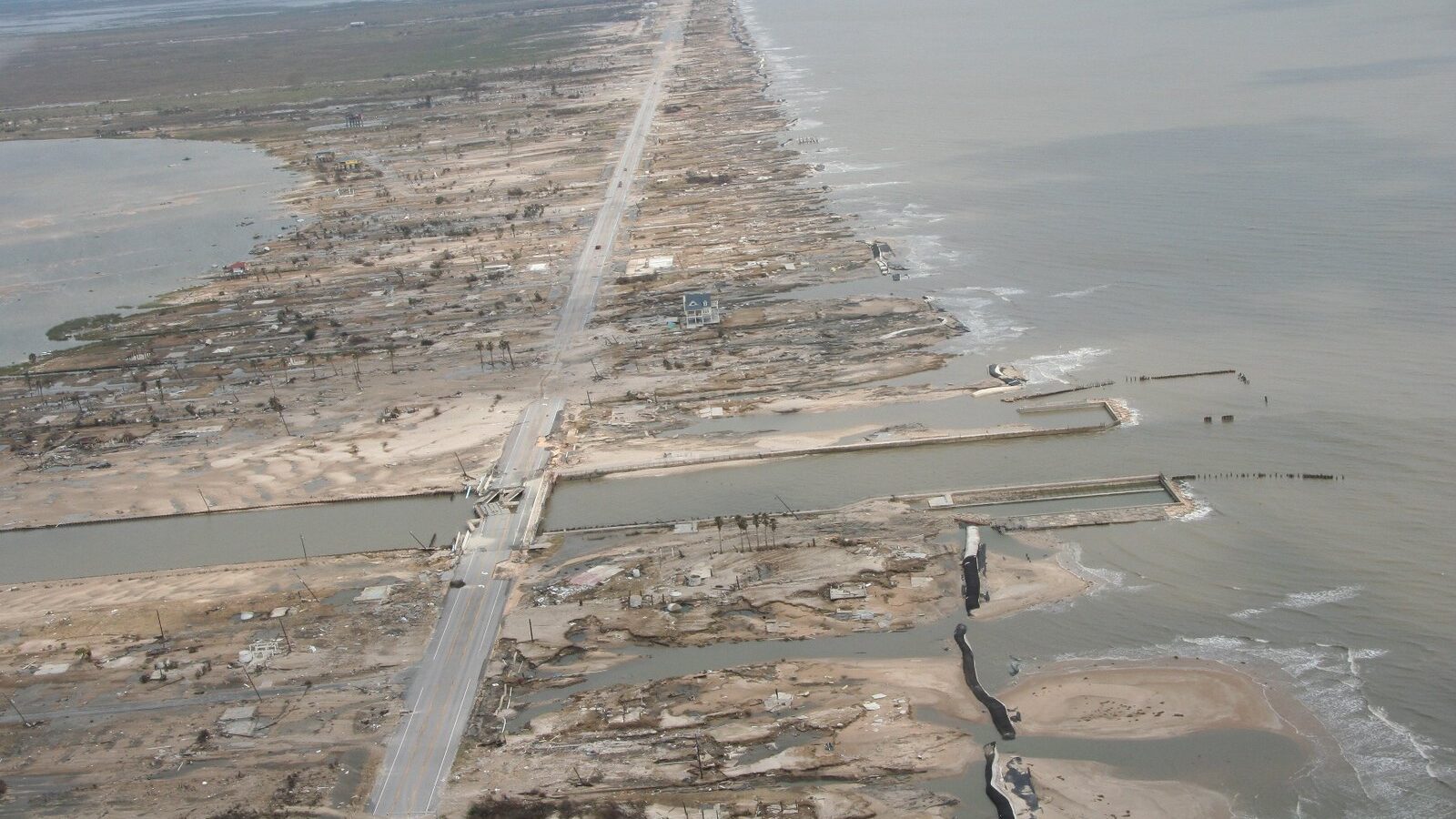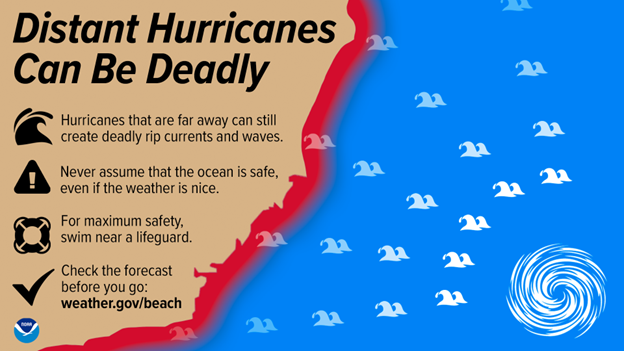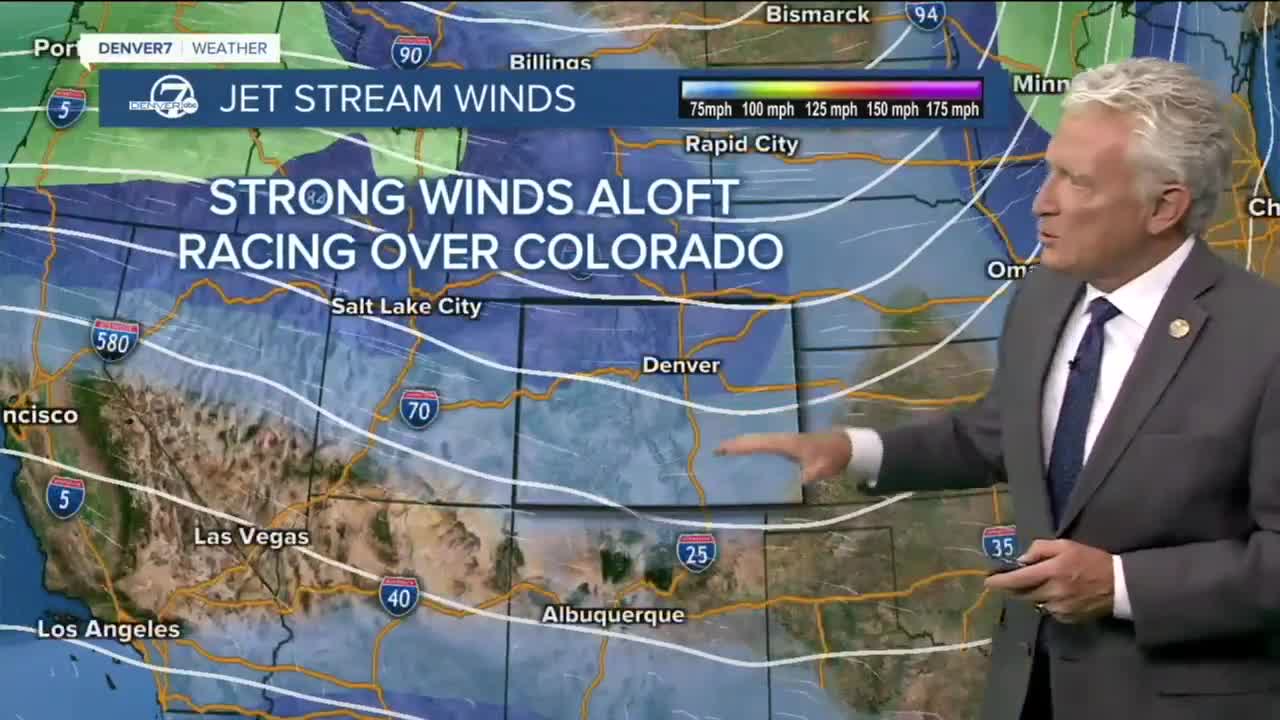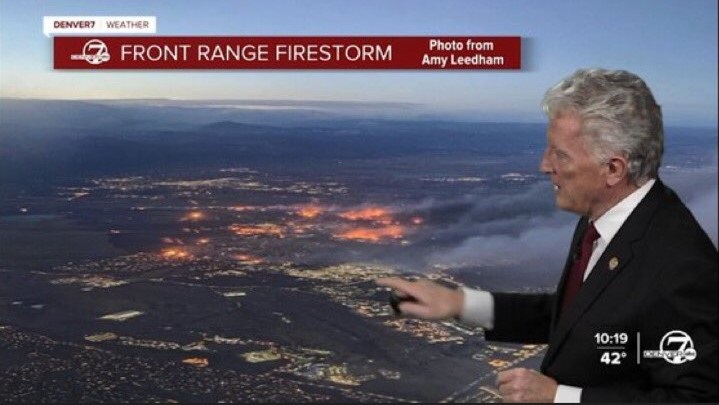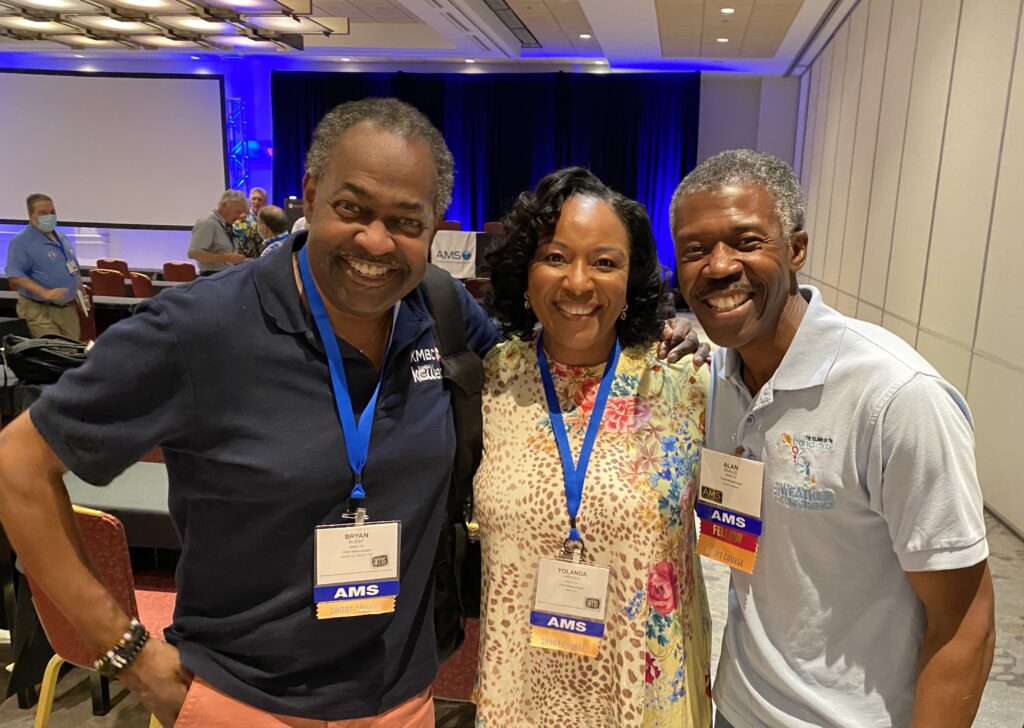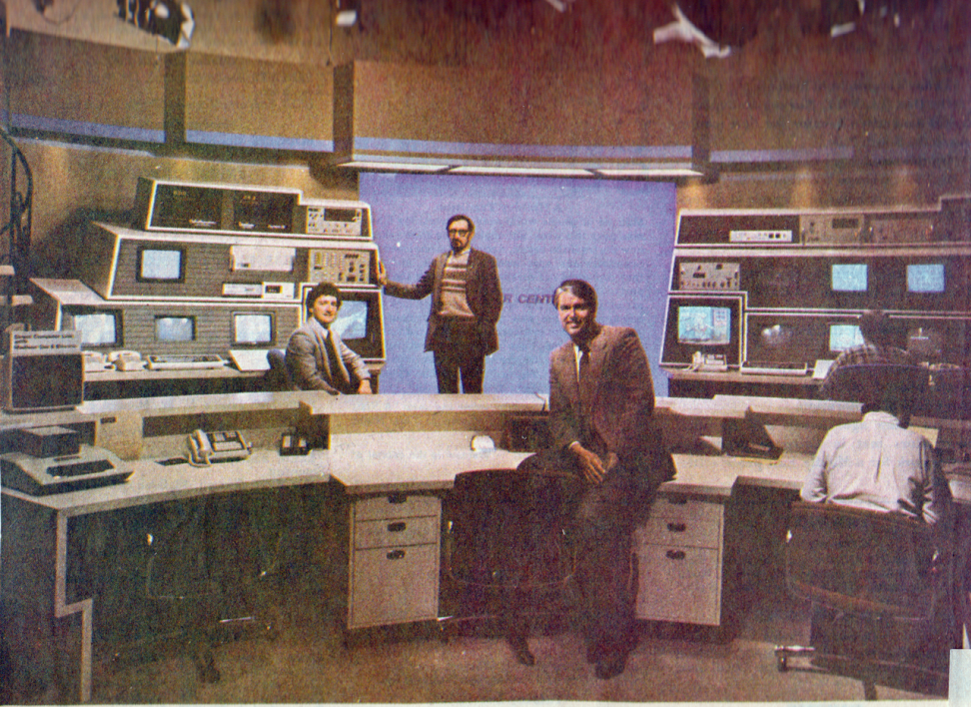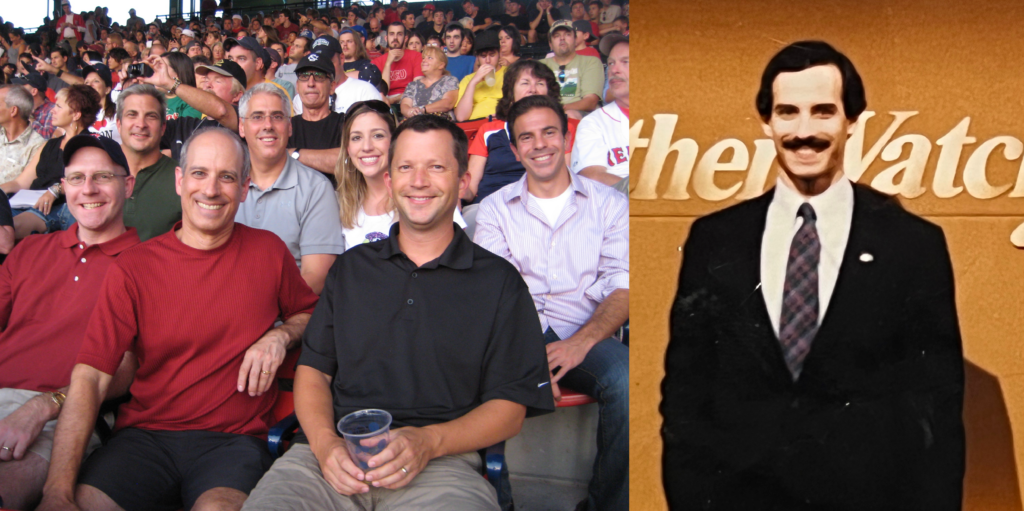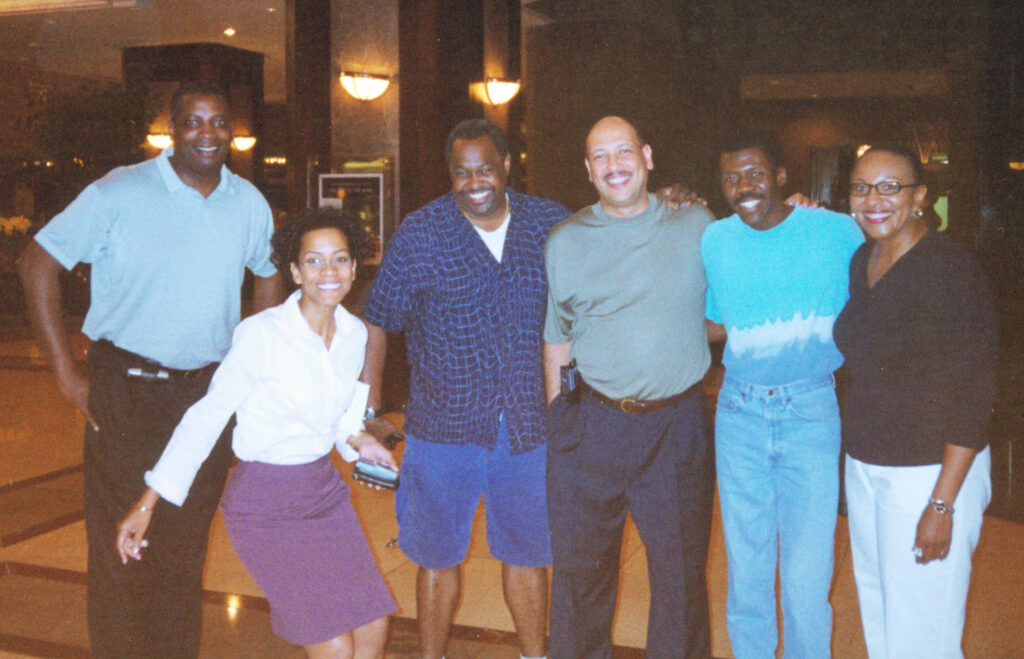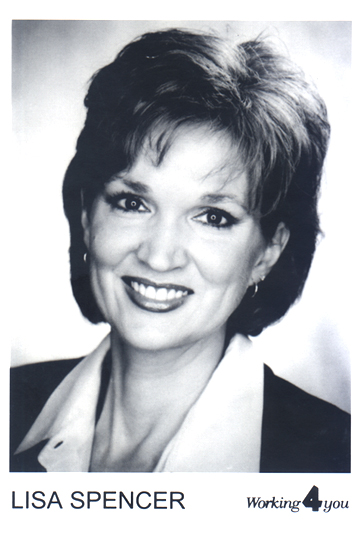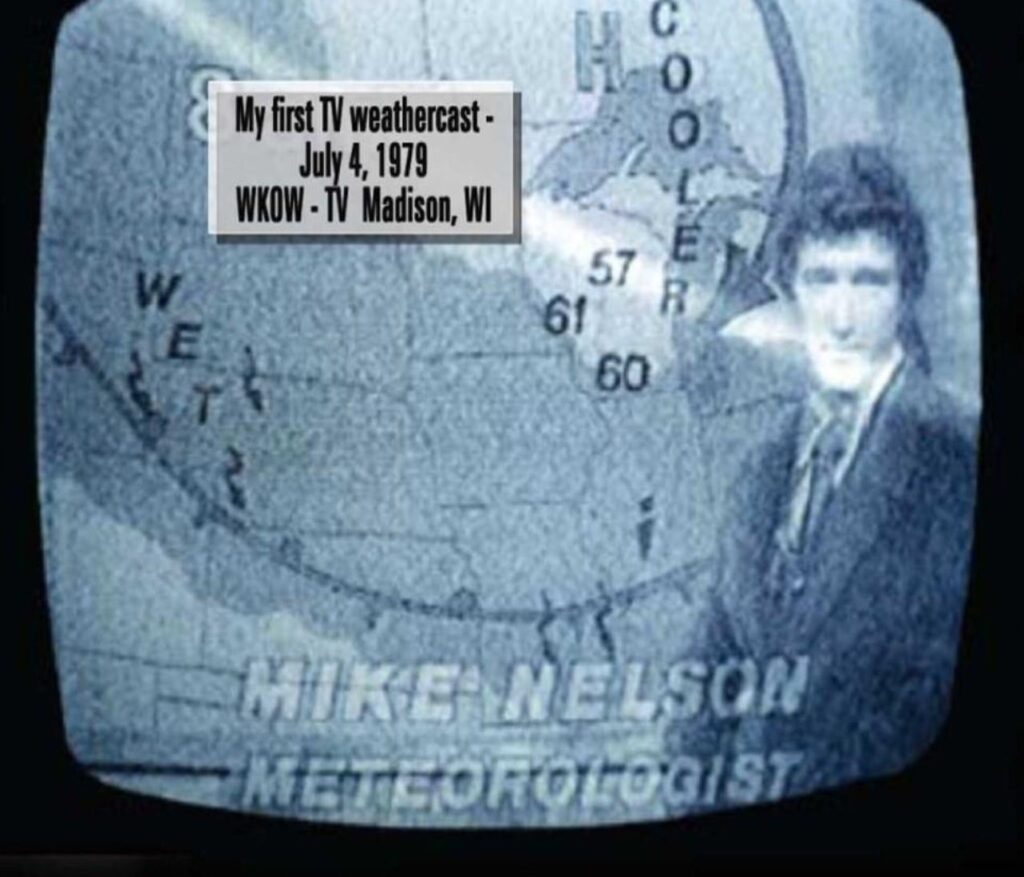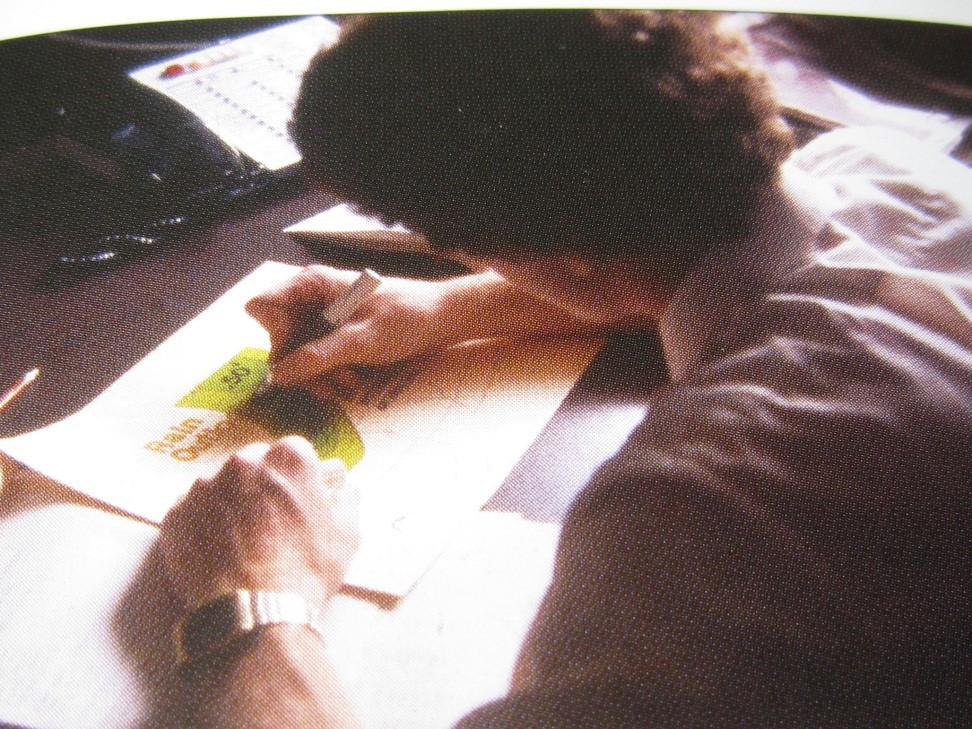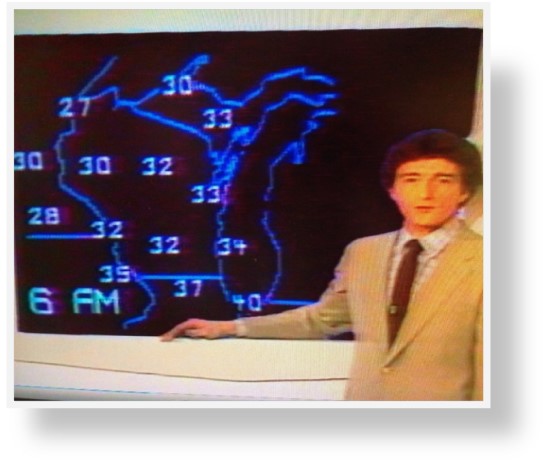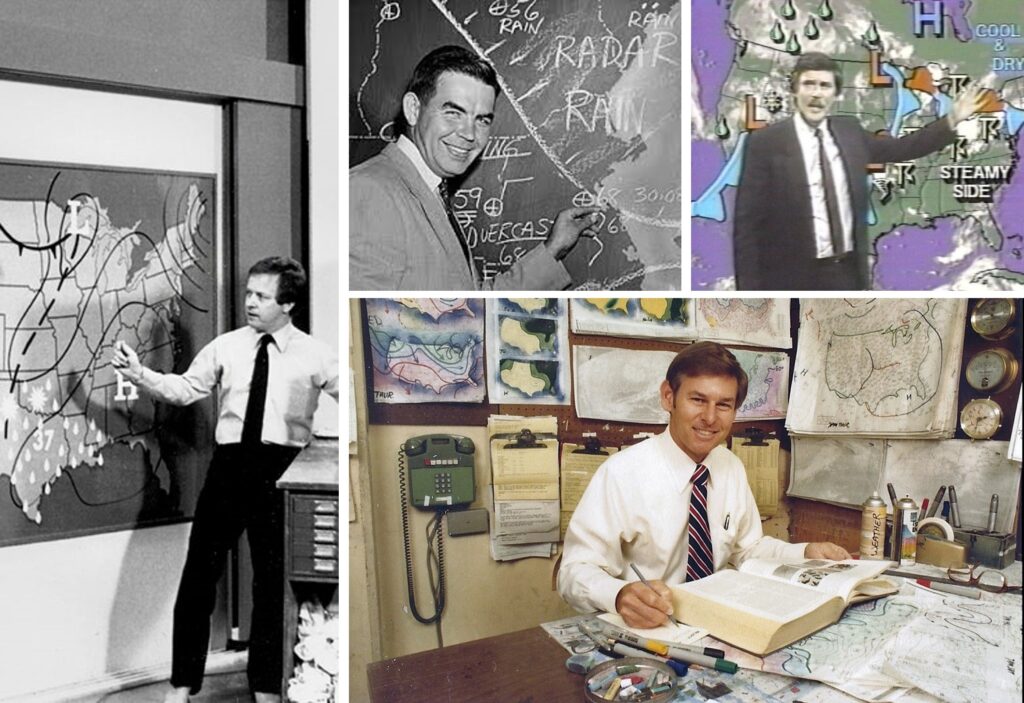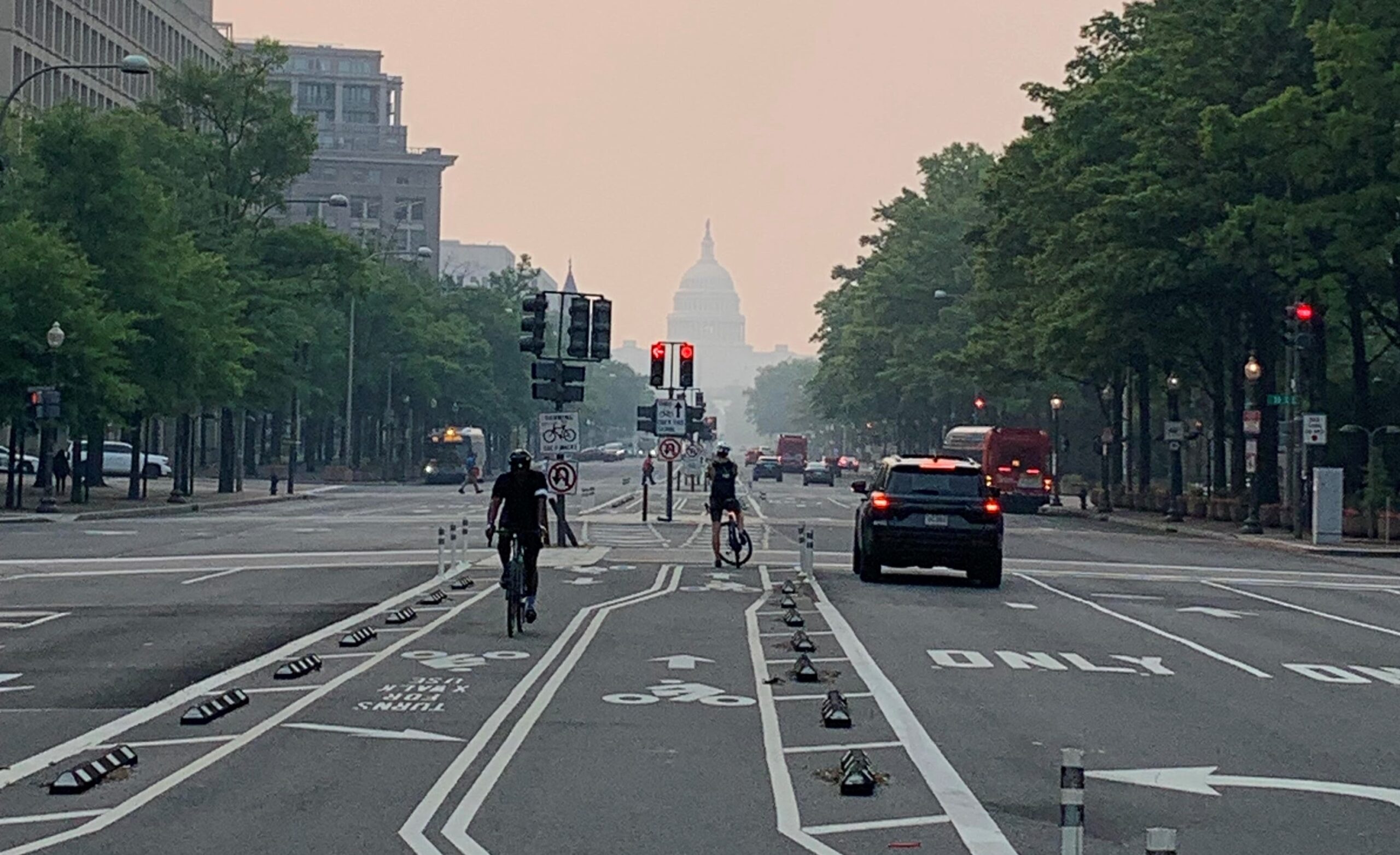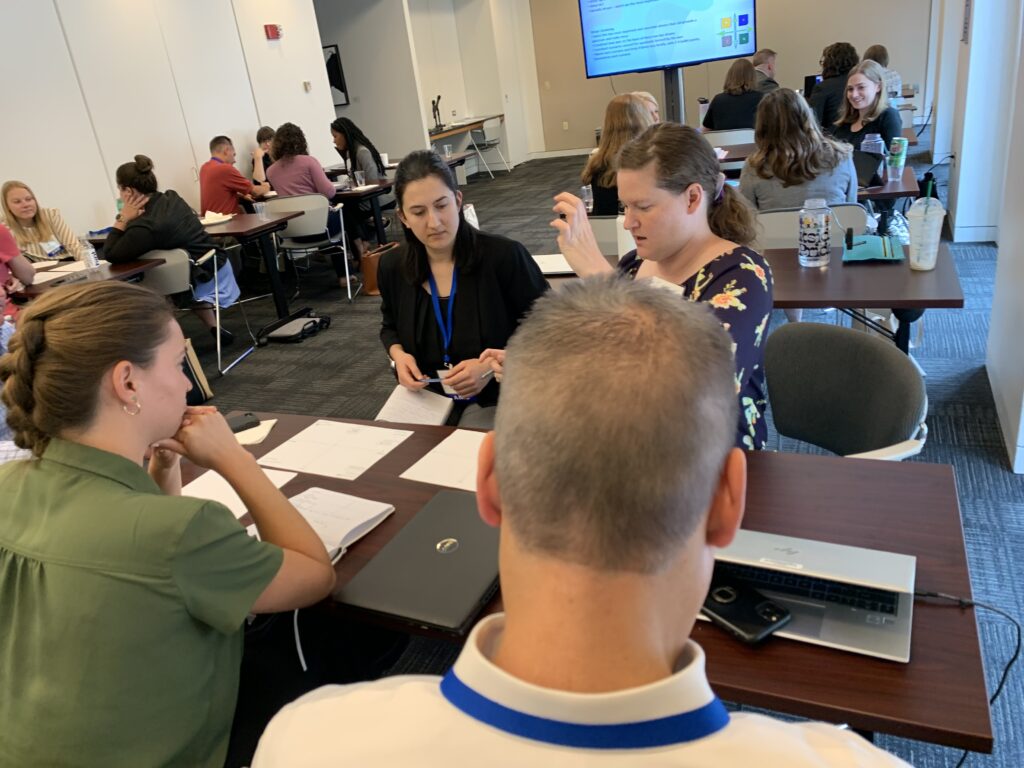Some thoughts following the AMS Summer Community Meeting
By Isabella Herrera, AMS Policy Program
How can the weather, water, and climate enterprise better collect and use socioeconomic data to keep vulnerable populations safe from environmental hazards? What are the challenges of establishing a national network to monitor the planetary boundary layer? How are we dealing with radio frequency interference that hampers weather monitoring and forecasting? These questions can be answered only through collaborative efforts across the weather, water, and climate enterprise. One of the most important roles of the American Meteorological Society is to convene meetings where WWC professionals can delve into these vital topics.
The AMS Summer Community Meeting is a perfect example of that convening ability in action. Professionals from the private, public, and academic sectors come together, both in person and virtually, to share their visions for the future of the weather, water, and climate enterprise(s).
Having now worked for the American Meteorological Society for just over a year, I was very excited to have the opportunity to attend the AMS Summer Community Meeting for the first time in Minneapolis this August. At this two-day conference, attendees immersed themselves in discussions about current challenges, opportunities, and efforts throughout the AMS community and related fields.
A conduit for collaboration
As an in-person attendee this year, one thing that struck me was how the Summer Community Meeting served as a conduit for conversation. Information and ideas flowed easily between the various presenters, panelists, and the audience. For example, sessions focused on commercial radar services and NOAA research allowed the public and private sectors to share their perspectives. They presented pressing issues, opportunities for potential collaborations, and the work currently being done across the enterprise.
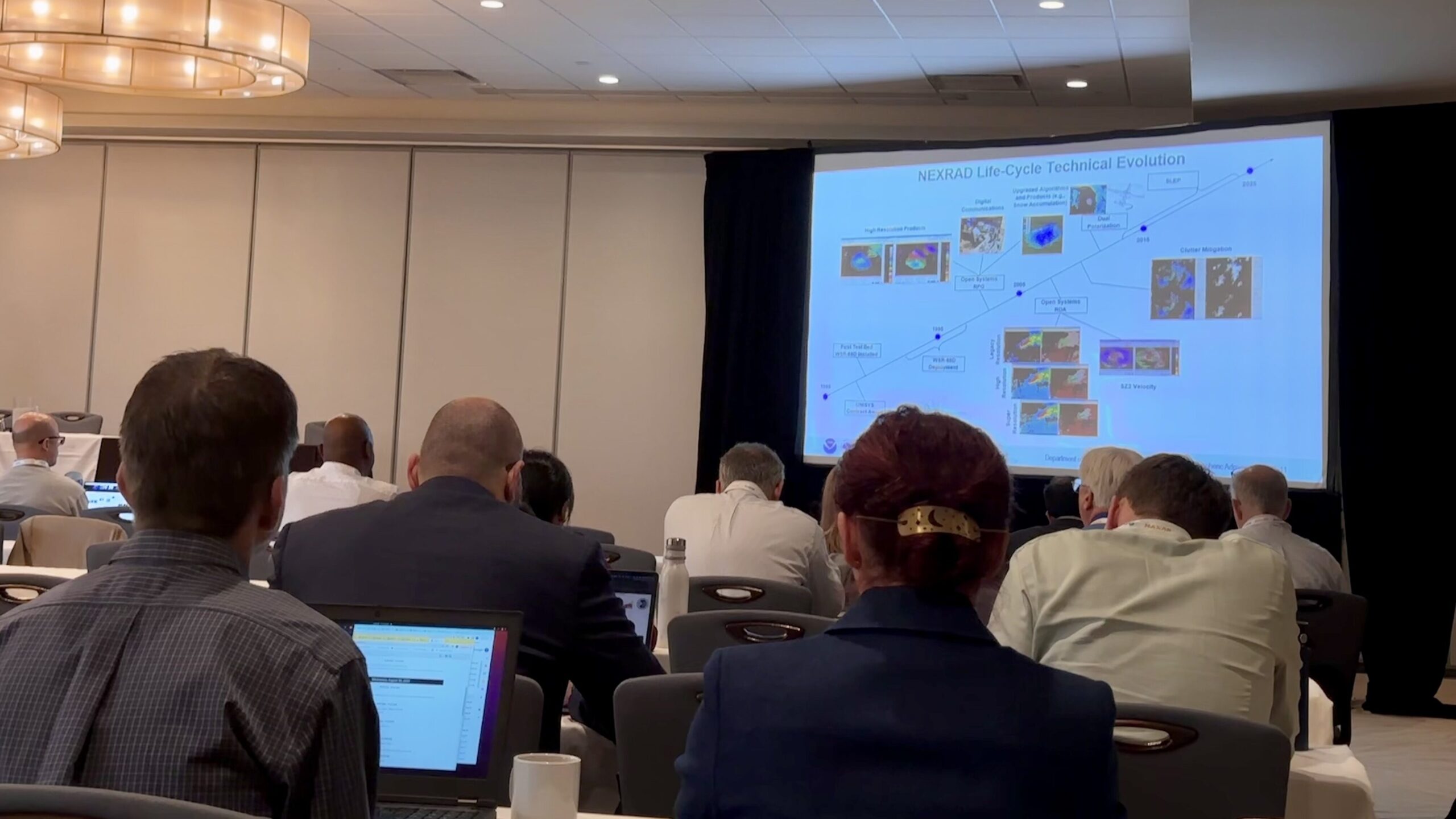
Some of the topics covered at this meeting included: updates on national policy; the NOAA Precipitation Prediction Grand Challenge; pressing issues in radar and forecasting, such as moving the national radar network beyond the WSR-88Ds; and the operations of the National Severe Storms Laboratory. My colleagues from AMS discussed the new and ongoing initiatives of the AMS Policy Program, such as: enhancing the effectiveness and potential of the weather enterprise over the next decade and beyond (see page 823 of the October issue of BAMS), the 2024 Summer Policy Colloquium, and the role of the AMS in enabling the future of both the climate and ocean enterprises.
Hurricane prediction gets personal
I was fascinated by some of the discussions about extreme weather and the increasing frequency of Billion-Dollar Weather and Climate Disasters. Attendees from the National Weather Service highlighted the widespread efforts to improve our forecasting and modeling of extreme weather events.
Discussions about major tropical storms particularly resonated for me, especially with Hurricane Idalia making landfall in Florida during the Meeting. I was born, raised, and currently reside in the Sunshine State, so I’m well-attuned to hurricane season and planning for impending storms. Hurricane Idalia is a perfect example of how advancements in hurricane models and forecasting have allowed meteorologists and WWC professionals to more accurately predict and communicate extreme weather hazards (such as the rapid intensification of the storm right before it made landfall), thus saving lives. I was able to witness some of this behind-the-scenes work.
Compared with being at home refreshing the National Hurricane Center’s webpage and listening to advisories on the local news, as I had during previous hurricane seasons, this was an invaluable experience.
Reunions
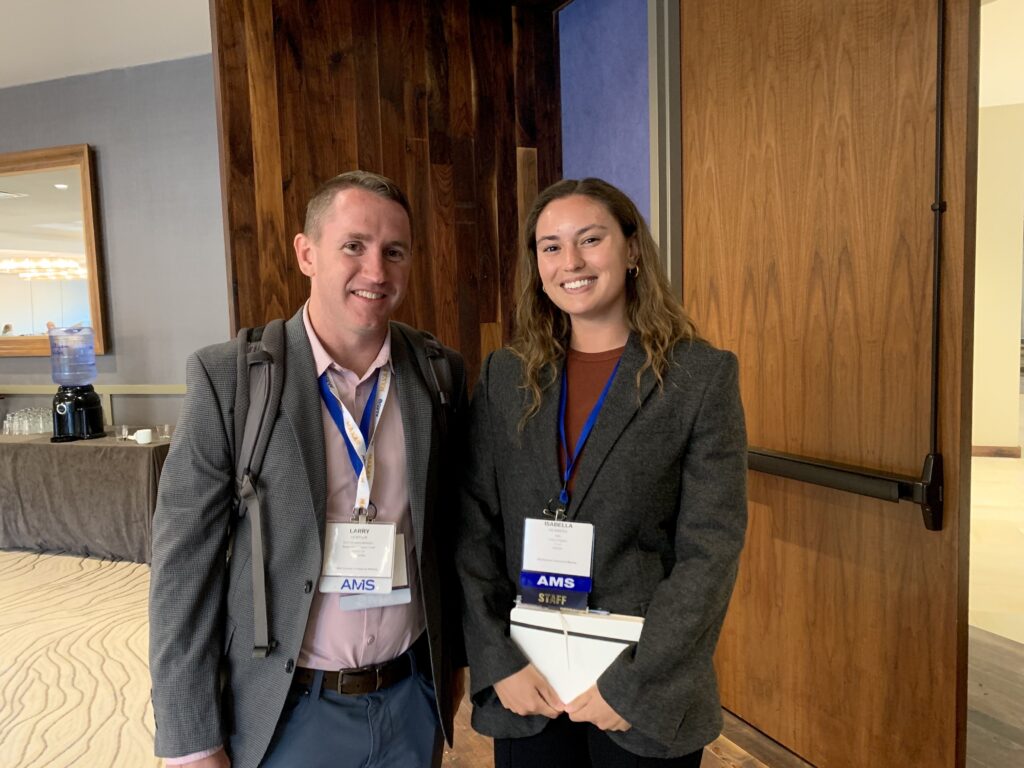
I was delighted to see fellow AMS Summer Policy Colloquium alum Larry Hopper presenting on current and emerging radar technologies as part of a Panel Discussion on Weather Radar Research. Reconnecting with Colloquium alumni is something that I’m looking forward to at the AMS Annual Meeting in January, and although the dates have yet to be announced for next year’s Summer Community Meeting, I’m already excited to hear about the initiatives across the WWC enterprise for 2024.
I saw so many others reunite with their colleagues, too (from graduate school, from years of working in the field together, or from previous AMS meetings). It reminded me that, in addition to creating connections, collaborations, and conversation across the weather, water, and climate enterprise, the AMS has another integral part to play in this space: building community.
